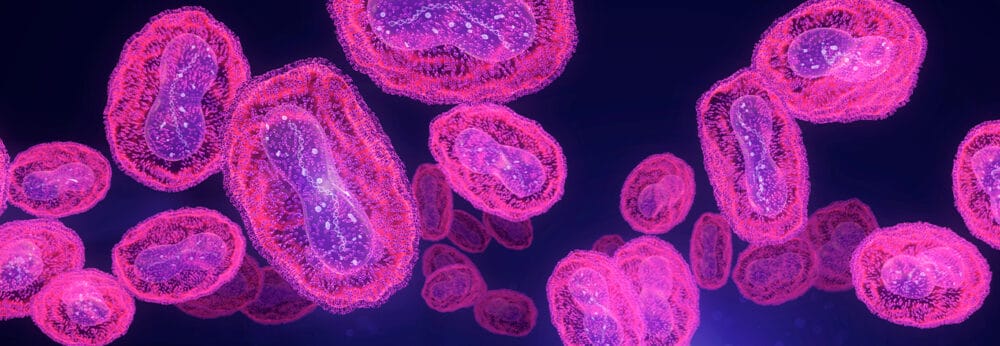Posted
9th December 2016
Research
A number of automated room decontamination (ARD) systems are available. Most of the evidence relates to hydrogen peroxide based or UV based systems. A new study reports on the impressive efficacy of an ARD system combining hydrogen peroxide and peracetic acid, achieving a 6-log reduction on bacterial endospores.

There is plenty of evidence that ARD systems using ‘high concentration’ hydrogen peroxide (typically 30-35%) are able to achieve a >6-log reduction in lab studies and eliminate pathogens from hospital surfaces. Meanwhile, ARD systems using ‘low concentration’ hydrogen peroxide (typically 5-6%) achieve a lower level of reduction in the lab (usually around 4 log) and reduce but don’t eliminate pathogens. However, low concentration hydrogen peroxide systems offer a number of potential advantages over higher concentration systems, including the potential for shorter cycles. An alternative approach is to use a mixture of chemicals to achieve a greater microbiological impact whilst being able to reduce the concentration of the chemicals involved. The study in question tested an ARD system that uses 22% hydrogen peroxide combined with 4.5% peracetic acid. The combination of hydrogen peroxide and peracetic acid is a good idea because there is a natural synergy between these two chemical in delivering improved biocidal performance. Glass slides inoculated with 5-6 logs of key pathogens (including C. difficile spores) were placed at 10 locations around the room. In seven rooms cycles, all pathogens were inactivated (a >5-log reduction) from all locations (some of which were out of direct line of sight), with the exception of partially closed draws. Even in these draws, the concentration of pathogens was reduced. And all of this with a cycle time of 90 mins! The concentrations of hydrogen peroxide and peracetic acid were still rather high in this study – it would be interesting to see whether comparable results could be achieve by reducing the concentration of the chemicals involved further! Could it be that peroxide / peracetic mixtures are a new kid on the ARD block?
SHARE THIS ARTICLE
Tags
Latest News
Norovirus: Understanding its transmission and prevention in the UK
Introduction Norovirus is recognised as the leading cause of viral gastroenteritis…
Clean Between to Reduce Healthcare-Associated Infections
Healthcare-associated infections (HAIs) are a significant concern for healthcare facilities…
Mpox: emergence of a new threat
A new threat related to mpox is emerging, in the…
Wiping away infections – the CLEEN way!
Cleaning shared medical equipment with a disinfectant wipe at least…




